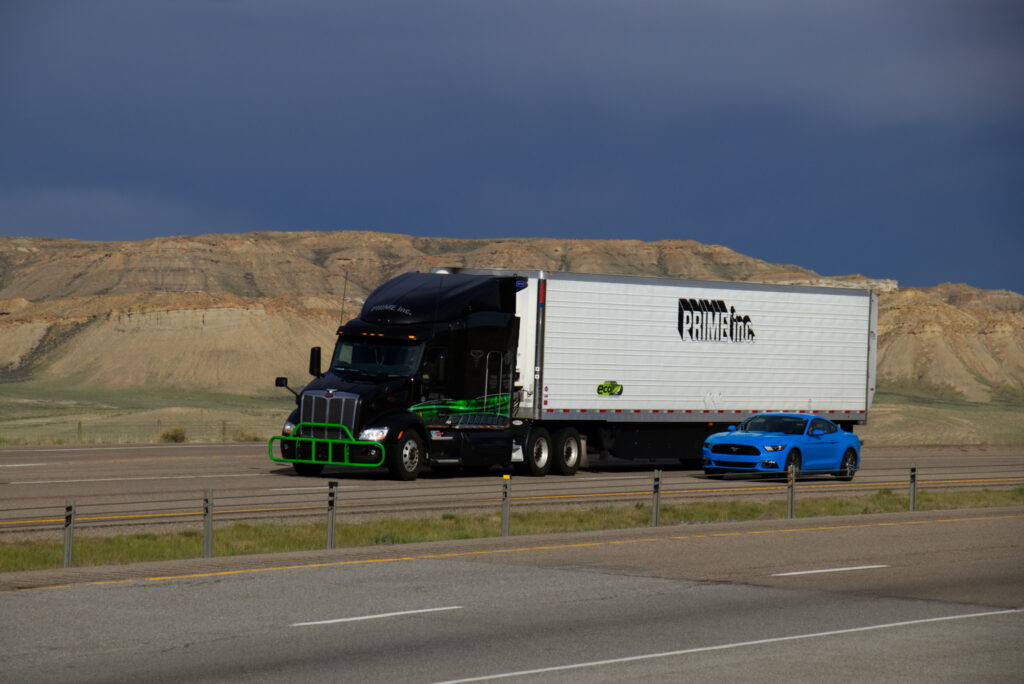Fleets of all sizes struggling with equipment procurement
If you think the large fleets were given preferential treatment when manufacturers allocated new trucks over the past couple years, think again.
Paul Higgins, purchasing representative for 8,000-truck fleet Prime Inc., told attendees at FTR’s Transportation Conference that even his company was unable to meet its new equipment needs and had to look at non-traditional suppliers. To go outside its normal three OEMs was not a decision that was taken lightly.
“We like our particular brands of tractors and trailers and want to be really good partners with our vendors,” he said. “We prefer to have long-term relationships with our vendors and don’t want to be quick to switch.”
But Prime’s refrigerated, food grade tanker, and flatbed businesses remained steady during the pandemic and it had the luxury of drivers who were ready to work. Prime brings on about 2,500 drivers a year and pays, houses, and feeds them while they wait for a truck to be assigned.
“We pay our drivers when they’re ready to go and if we don’t have a truck ready to go, that creates some urgency on our part,” Higgins said. “If Vendor A was unable to get enough tractors for us, we had to go to Vendor B and Vendor C.”

This introduced some uncertainties into the business in terms of measuring its total cost of ownership (TCO) as the company went from three truck suppliers to five.
“When we introduced another couple vendors, we don’t really know what the residuals are doing there,” said Higgins. “We’re not experienced with their repair network. We know the up-front price [of the units]. But in a pandemic world you’re just going to have to take some chances and plug some numbers in, because the sting of not having equipment is worse than having to make some of these guesses.”
In addition to looking beyond traditional sources for new trucks, Prime also had to extend lifecycles on the equipment it had. That meant keeping trucks beyond their optimum 600,000-mile cycle and adding extended warrantees for additional coverage. Meanwhile, it saw the prices of used trucks soar. That also threw its TCO calculations into disarray.
“It’s still the wild, wild west,” Higgins said of used truck prices, though he thinks they peaked about six to eight months ago.
A used truck that may have been purchased for $150,000 would traditionally be worth about $75,000 three years later, representing $25,000 a year in depreciation. But Prime was seeing that three-year-old truck worth $100,000 or $125,000, skewing TCO calculations.
Prime’s number one priority was to keep trade cycles short and keep drivers in new iron, as Higgins believes that’s the most effective way to recruit and retain drivers.
Have your say
This is a moderated forum. Comments will no longer be published unless they are accompanied by a first and last name and a verifiable email address. (Today's Trucking will not publish or share the email address.) Profane language and content deemed to be libelous, racist, or threatening in nature will not be published under any circumstances.
Large trucking companies push for discount on new truck and trailer prices. Some equipment companies would sooner sell at full retail prices to gov for priority use snow plows fire rescue trucks. I am on a non-profit board
We can get anything we needed very quickly 3 to 12 wls